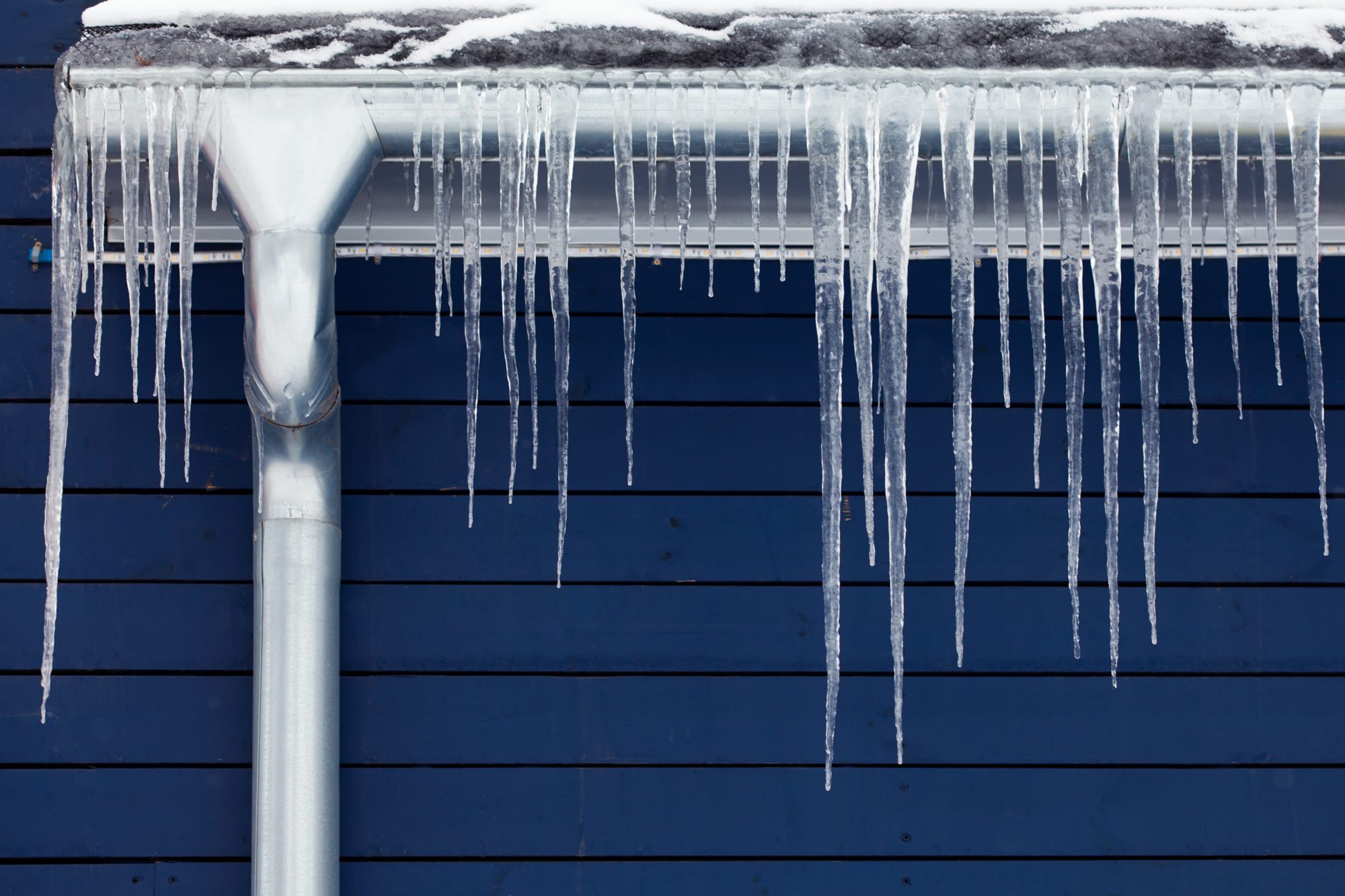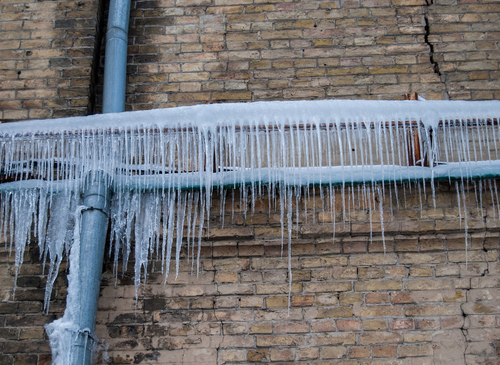Guidance for Avoiding Frozen Plumbing in Cold Weather: Specialist Insights
Or Book Technician HereAre you currently trying to locate information around Winter Plumbing Precautions: Preventing Frozen Pipes?

Cold weather can wreak havoc on your plumbing, specifically by freezing pipes. Below's just how to prevent it from taking place and what to do if it does.
Intro
As temperature levels decrease, the danger of frozen pipes increases, possibly resulting in pricey repairs and water damage. Recognizing how to avoid icy pipelines is important for home owners in cold climates.
Prevention Tips
Insulating vulnerable pipes
Wrap pipes in insulation sleeves or use warmth tape to protect them from freezing temperature levels. Concentrate on pipes in unheated or exterior areas of the home.
Home heating strategies
Maintain interior spaces properly heated, specifically areas with pipes. Open up cabinet doors to allow cozy air to distribute around pipes under sinks.
Just how to identify icy pipes
Seek reduced water circulation from faucets, uncommon odors or sounds from pipes, and noticeable frost on exposed pipelines.
Long-Term Solutions
Structural changes
Consider rerouting pipes far from outside walls or unheated areas. Include extra insulation to attic rooms, basements, and crawl spaces.
Upgrading insulation
Purchase high-grade insulation for pipes, attics, and walls. Proper insulation assists preserve constant temperature levels and reduces the danger of frozen pipelines.
Shielding Exterior Pipes
Yard tubes and exterior taps
Separate and drain pipes garden hoses before winter. Install frost-proof faucets or cover outside faucets with insulated caps.
Understanding Icy Pipes
What causes pipelines to ice up?
Pipes ice up when subjected to temperatures listed below 32 ° F (0 ° C) for extended durations. As water inside the pipes freezes, it expands, taxing the pipe wall surfaces and possibly triggering them to break.
Risks and problems
Icy pipes can cause water supply interruptions, residential or commercial property damages, and expensive repair services. Ruptured pipelines can flooding homes and create comprehensive structural damage.
Indications of Frozen Water Lines
Recognizing icy pipelines early can stop them from rupturing.
What to Do If Your Pipelines Freeze
Immediate actions to take
If you think frozen pipes, keep faucets open to ease pressure as the ice thaws. Use a hairdryer or towels soaked in hot water to thaw pipelines gradually.
Final thought
Stopping frozen pipelines needs positive measures and fast actions. By understanding the reasons, indications, and preventive measures, property owners can safeguard their pipes during winter.
5 Ways to Prevent Frozen Pipes
Drain Outdoor Faucets and Disconnect Hoses
First, close the shut-off valve that controls the flow of water in the pipe to your outdoor faucet. Then, head outside to disconnect and drain your hose and open the outdoor faucet to allow the water to completely drain out of the line. Turn off the faucet when done. Finally, head back to the shut-off valve and drain the remaining water inside the pipe into a bucket or container. Additionally, if you have a home irrigation system, you should consider hiring an expert to clear the system of water each year.
Insulate Pipes
One of the best and most cost-effective methods for preventing frozen water pipes is to wrap your pipes with insulation. This is especially important for areas in your home that aren’t exposed to heat, such as an attic. We suggest using foam sleeves, which can typically be found at your local hardware store.
Keep Heat Running at 65
Your pipes are located inside your walls, and the temperature there is much colder than the rest of the house. To prevent your pipes from freezing, The Insurance Information Institute suggests that you keep your home heated to at least 65 degrees, even when traveling. You may want to invest in smart devices that can keep an eye on the temperature in your home while you’re away.
Leave Water Dripping
Moving water — even a small trickle — can prevent ice from forming inside your pipes. When freezing temps are imminent, start a drip of water from all faucets that serve exposed pipes. Leaving a few faucets running will also help relieve pressure inside the pipes and help prevent a rupture if the water inside freezes.
Open Cupboard Doors
Warm your kitchen and bathroom pipes by opening cupboards and vanities. You should also leave your interior doors ajar to help warm air circulate evenly throughout your home.

Do you really like more info about How To Avoid Freezing Pipes? Post feedback down below. We will be delighted to know your ideas about this blog posting. In hopes that you visit us again later on. Enjoyed reading our review? Please quickly share it. Let another person discover it. Thanks for your time spent reading it.
Click Here